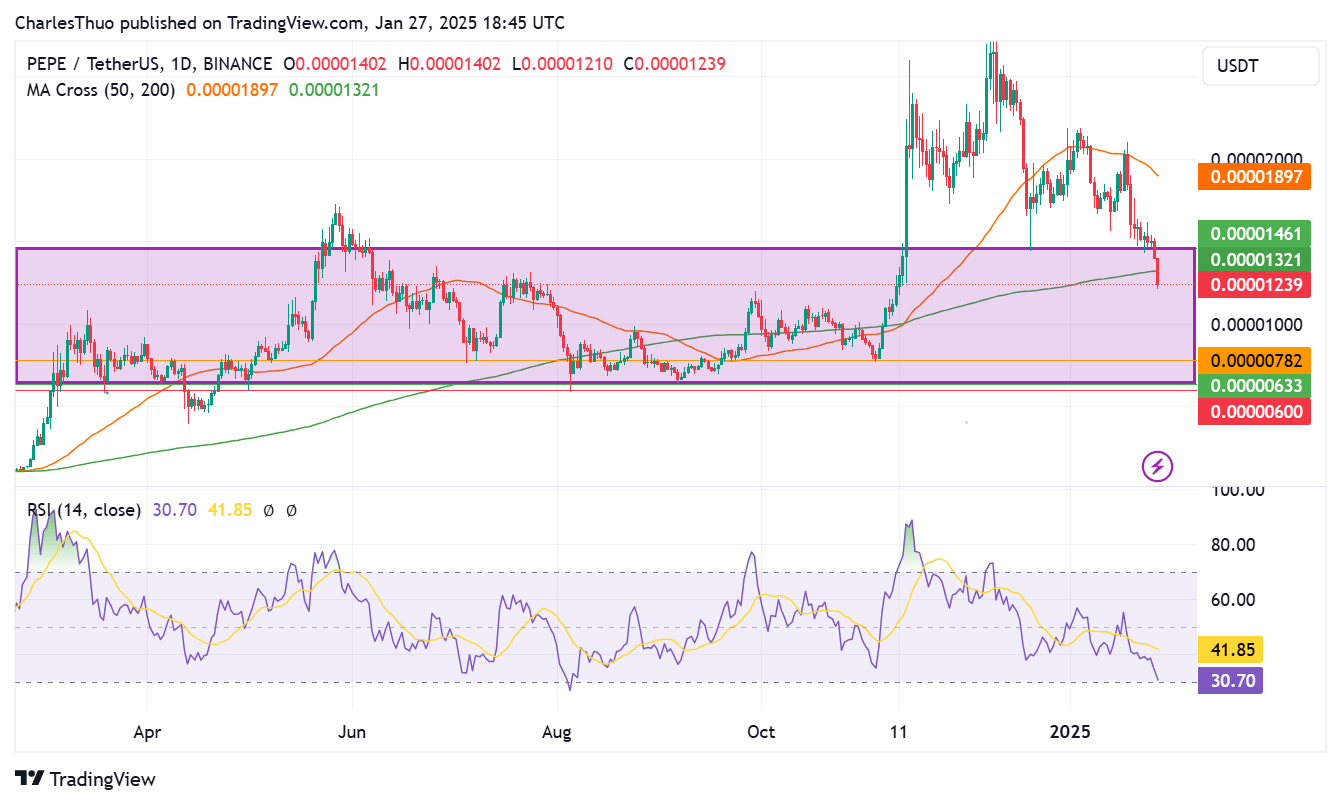- Roger Ver is calling on President Donald Trump to help him avoid a 109 year prison sentence
- Last week, Trump pardoned Silk Road creator Ross Ulbricht who had spent 12 years in prison and was serving two life sentences plus 40 years without parole
- Jameson Loop, Casa’s CSO, has echoed Musk’s sentiments and doesn’t believe Ver should receive a presidential pardon
Elon Musk, Tesla and SpaceX CEO, has said that early Bitcoin investor Roger Ver shouldn’t get a presidential pardon from Donald Trump.
Musk, who is to lead Trump’s DOGE agency to “dismantle government bureaucracy,” took to X to air his views.
“Roger Ver gave up his US citizenship. No pardon for Ver. Membership has its privileges,” he wrote.
Roger Ver gave up his US citizenship. No pardon for Ver. Membership has its privileges.
— Elon Musk (@elonmusk) January 26, 2025
On January 26, Ver posted a video message on X calling on Trump to help him avoid a prison sentence of up to 109 years. In his message, Ver wrote: “Mr. President, I am an American, and I need your help. Only you, with your commitment to justice, can save me @realDonaldTrump.”
Mr. President, I am an American, and I need your help. Only you, with your commitment to justice, can save me @realDonaldTrump pic.twitter.com/WhVTZ1M1GB
— Roger Ver (@rogerkver) January 26, 2025
Echoing Musk’s comments, Jameson Lopp, Casa’s CSO, responded on X, by saying: “You aren’t an American any more. Remember when you renounced your citizenship?”
Clashing with US authorities
Ver’s appeal comes as Trump pardoned Silk Road creator Ross Ulbricht last week after spending 12 years in prison.
In 2014, Ver renounced his US citizenship, becoming a citizen of St. Kitts and Nevis. In April 2024, Ver was arrested in Spain and charged with filing false tax returns and tax evasion.
According to a 2024 US Department of Justice statement, Ver is alleged to have failed to detail his Bitcoin ownership to the US Internal Revenue Service (IRS), causing the loss of at least $48 million.
Ver has stated that he’s been “terrorized by rogue US government agents who hate American freedom” for decades. On his website, Ver claims that the US government has pursued him on “baseless charges of mail fraud, tax evasion, and false filings – retaliation for his outspoken criticism.”
Bret Weinstein, an American author, said on X that “pardoning Roger is the strongest signal the President could send that Biden’s war on crypto is over.”
The post Elon Musk doesn’t think Roger Ver should get a presidential pardon appeared first on CoinJournal.

